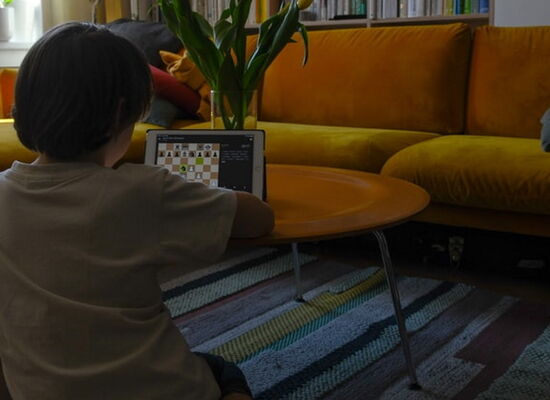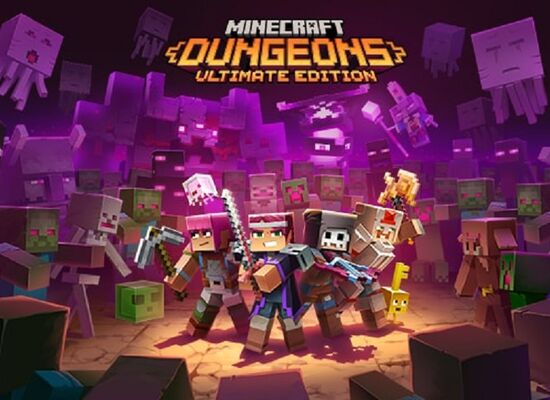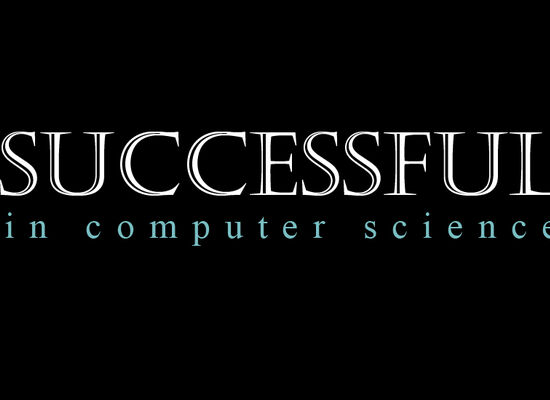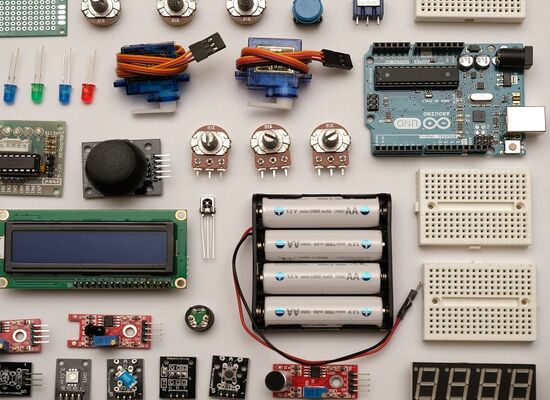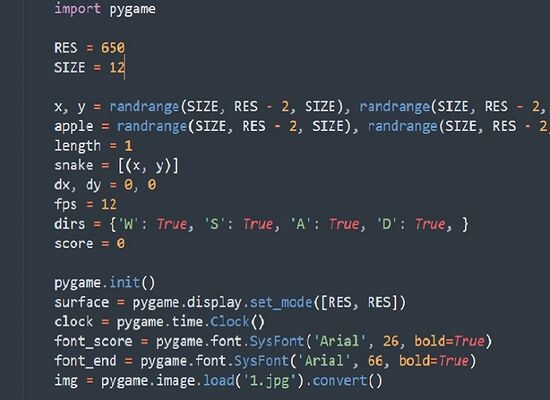Online vs Classroom Coding Lessons for Kids
28 March, 2020

How do online coding classes compare to traditional lessons?
- Community: Despite the stereotypes, online classes don’t have to be devoid of social interaction. A good chunk of our curriculum focuses on team work. Relationships and communicating are as much a part of our online classes as they are of our in-school classes.
- Equipment: Unlike our traditional classes, kids will need to have a computer, webcam and good internet connection available for each lesson. Unfortunately, iPads and tablets aren’t supported by the e-learning platforms we use.
- Flexibility: The huge variety of online coding classes to choose from, means there’s a level, time and teacher to suit everyone.
- Fun: Our online classes are first and foremost interactive and alive! We firmly believe that it’s possible to have fun and effective learning online. Our kids leave online lessons just like they do traditional ones: buzzing with excitement and impatient to tell their parents all about the awesome things they coded!
It’s already clear as day that the future will be online and overflowing with technology. But what about learning? Already many classes which once took place in a classroom have now migrated to computers. As teachers of coding, we’re especially excited by the prospects of e-learning, but even computer geeks know that socialization is important. Staying true to our inner nerds, we decided to do a cost-benefit analysis of online coding classes for kids versus traditional coding lessons; weighing the pros against the cons to find out whether e-learning really is the future or simply a fad.
1. Accessibility

Having a computer at home is like having a magic carpet. You can see the world from the comfort of your home. When it comes to programming classes, having them online means that the majority of problems that usually prevent kids from going to enough lessons or even going at all are no longer relevant. Without the logistics nightmare of scheduling ‘mummy/daddy taxis’, kids don’t need to be limited to just one lesson a week. There are multiple time slots and curriculums to choose from the variety of online courses and on CodeAdvantage, meaning that your kid can get as much or as little coding practice as they need.
2. Inaccessibility
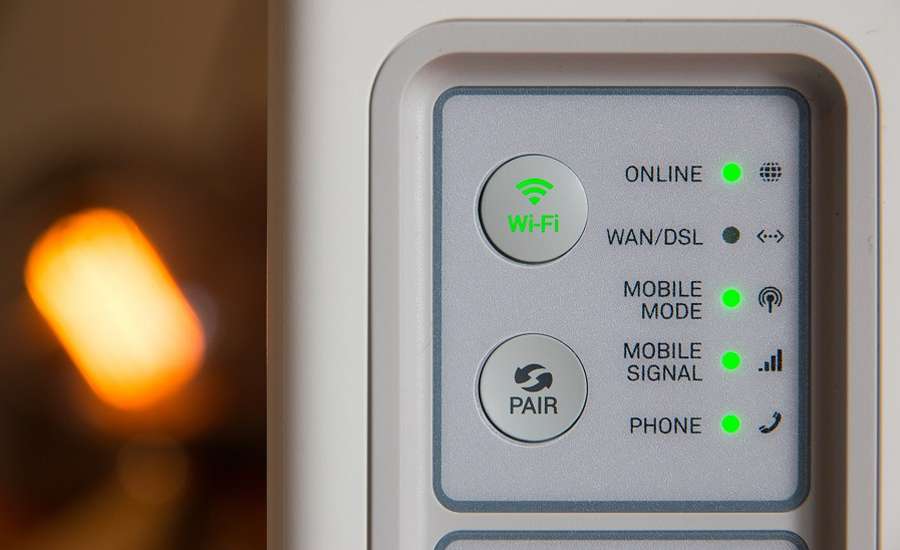
Sadly, unlike magic carpets, online classes can’t just run on air. A computer and webcam are obvious essentials, but by themselves are not sufficient. Learning is a trying process and it definitely doesn’t need to be made more difficult by sub-par streaming quality. There’s nothing worse than having to ask the question 5 times because the sound broke up, and then have to squint hopelessly at the computer screen to make out what exactly your teacher’s trying to show you.
We cannot stress enough how essential adequate bandwidth speed is. If your home internet is anything lower than 1.5 Mbps consider upgrading. Whatever you do, don’t put your kid through the ordeal of watching a screen glitch for an hour! A headphone set with a mic can really help in making lessons run that bit smoother as well. Though, if there’s a quiet room that your child can go to, then they should be fine without them. If this all sounds like too much, consider sticking to the traditional classes where absolutely everything that’s needed for awesome coding fun is provided.
3. No wasted time

We’re all well aware of how much time even the shortest of car journeys can hoover up, but what about time spent in the classroom? Kids, it seems, have ants in their pants. It can sometimes take a good ten minutes for them to come in to the classroom, sit down, log in and start concentrating. Online, children can start preparing for the lesson way before it even begins. That way, when the time comes for the lesson to start kids are ready to learn. Hence, why in online lessons more actual learning takes place instead of disciplining.
4. Focus, Distraction and Confidence
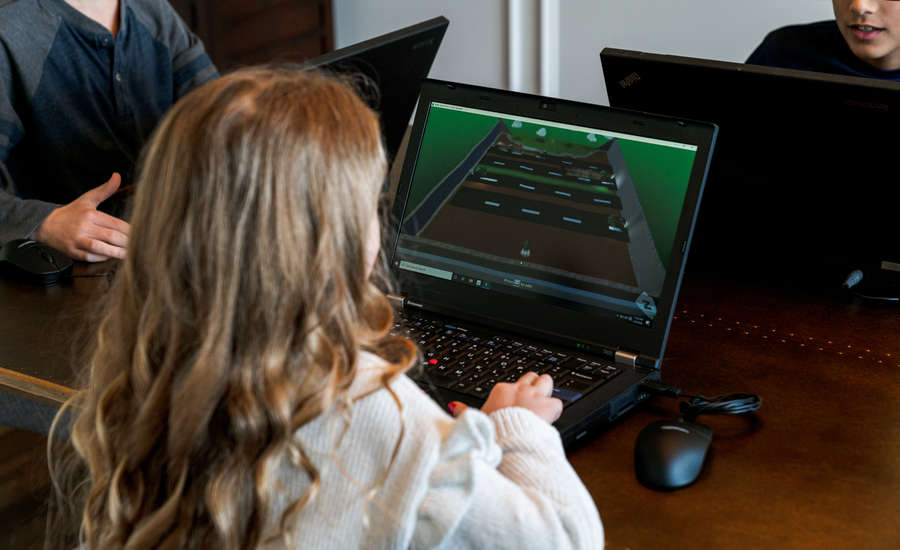
Depending on the circumstances at home and your child’s personality, taking programming classes online can either boost or sap focus. Kids who’d usually spend their time impressing their buddies by clowning around tend to really benefit from online lessons. Interestingly, we also find that shyer kids participate more in online discussions. It could be because of the fact that they feel more secure when at home or it could just simply because the teacher can micromanage the discussion by temporarily muting the louder participants and giving less confident kids plenty of opportunity to speak.
For some, however, compared to the chaos of home the classroom is a refuge. Peace and quiet is vital to effective e-learning. If home looks like the McCallister’s house from Home Alone, then online programming classes are definitely not for your kids!
5. Future-Proofing

The main aim of our lessons is to set kids up for success. Programming is key to that, but so is online communication and general computer skills. Taking programming classes online means kids get a double whammy of future-skills rolled into one lesson. With most international business meetings and even major conferences now being streamed online, the hours of video streaming experience will most certainly come in handy in almost any future profession. And of course, if your kid ends up becoming a programmer it’s a sure bet that the bulk of their work communications will be done online — perhaps while lounging on the beach of some Bahaman island!
Thanks for reading this article and if you have any questions or comments on this topic or coding and STEM in general, please feel free to contact us.
Photos by Petr Macháček, Webaroo, Moritz Kindler, and Christina @ wocintechchat.com on Unsplash



